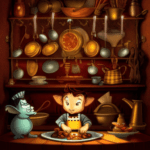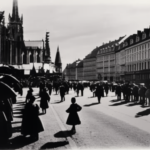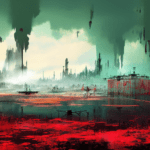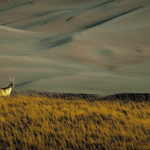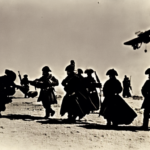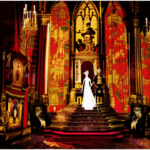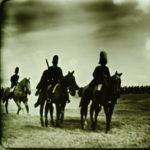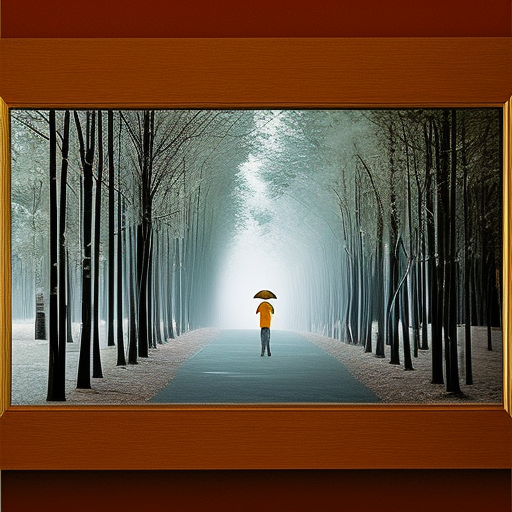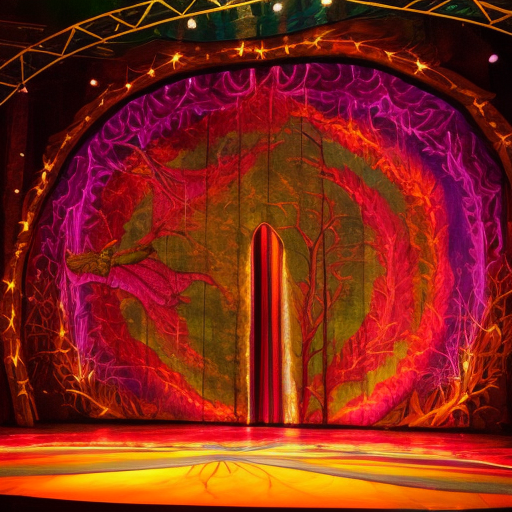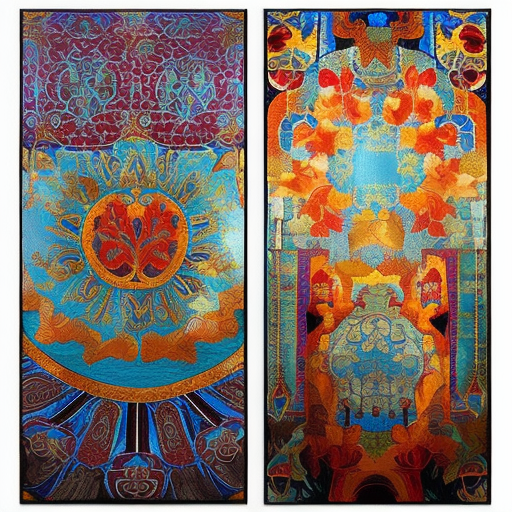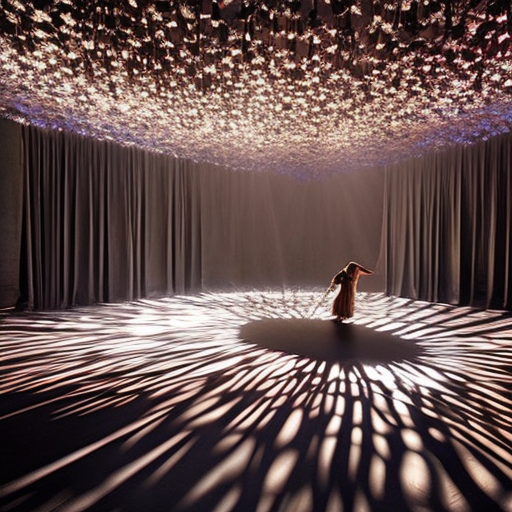Summary:
Photorealism is an art movement that emerged in the late 1960s and early 1970s, characterized by the meticulous and detailed replication of photographs in painting. It aimed to create works that were so realistic that they could be mistaken for photographs. Photorealism challenged traditional notions of art and explored the relationship between photography and painting. This summary explores the origins, techniques, and impact of the Photorealism movement.
Origins of Photorealism:
Photorealism emerged as a response to the dominance of abstract expressionism in the art world. Artists sought to reintroduce representation and precision into their work, rejecting the spontaneous and gestural nature of abstract art. The movement was heavily influenced by the advent of photography and the increasing accessibility of cameras. Artists began to question the role of painting in an era where photography could capture reality more accurately.
Techniques and Characteristics:
Photorealistic paintings are created through a meticulous process that involves careful observation, precise rendering, and attention to detail. Artists often work from photographs, using them as references to recreate the image with astonishing accuracy. They employ techniques such as grid systems, projectors, and airbrushing to achieve the desired level of realism.
One of the key characteristics of photorealism is the focus on everyday subjects. Artists often depict mundane scenes, such as cityscapes, cars, and still lifes, with an emphasis on capturing the banal aspects of everyday life. The paintings are often large in scale, allowing for a greater level of detail and immersion for the viewer.
Impact and Reception:
Photorealism challenged traditional notions of art and sparked debates about the role of painting in the age of photography. Critics questioned the artistic merit of creating works that were essentially copies of photographs. However, the movement gained popularity and recognition, with exhibitions and retrospectives dedicated to photorealist artists.
Photorealism also had a significant impact on the art world by blurring the boundaries between photography and painting. It highlighted the similarities and differences between the two mediums, raising questions about the nature of representation and perception. The movement influenced subsequent art movements, such as hyperrealism and new realism, which further explored the relationship between art and reality.
Notable Artists:
Several artists have made significant contributions to the photorealism movement. Chuck Close is known for his large-scale portraits that capture every minute detail of the human face. Richard Estes is renowned for his urban scenes, often depicting reflections in glass windows and shiny surfaces. Audrey Flack’s still lifes and vanitas paintings showcase her technical skill and attention to detail. Ralph Goings focuses on American landscapes and scenes of everyday life, while Robert Bechtle captures the suburban environment of California.
Legacy:
Photorealism continues to be a relevant and influential movement in contemporary art. Artists today continue to explore the boundaries of realism and representation, pushing the limits of what can be achieved through painting. The movement’s emphasis on precision and attention to detail has had a lasting impact on the art world, inspiring new generations of artists to experiment with hyperrealistic techniques.
In conclusion, photorealism emerged as a response to the dominance of abstract expressionism and the rise of photography. It challenged traditional notions of art and explored the relationship between photography and painting. Through meticulous techniques and a focus on everyday subjects, photorealistic artists created works that were so realistic they could be mistaken for photographs. The movement had a significant impact on the art world, blurring the boundaries between photography and painting and influencing subsequent art movements. Photorealism continues to be a relevant and influential movement, inspiring artists to push the limits of realism in their work.
